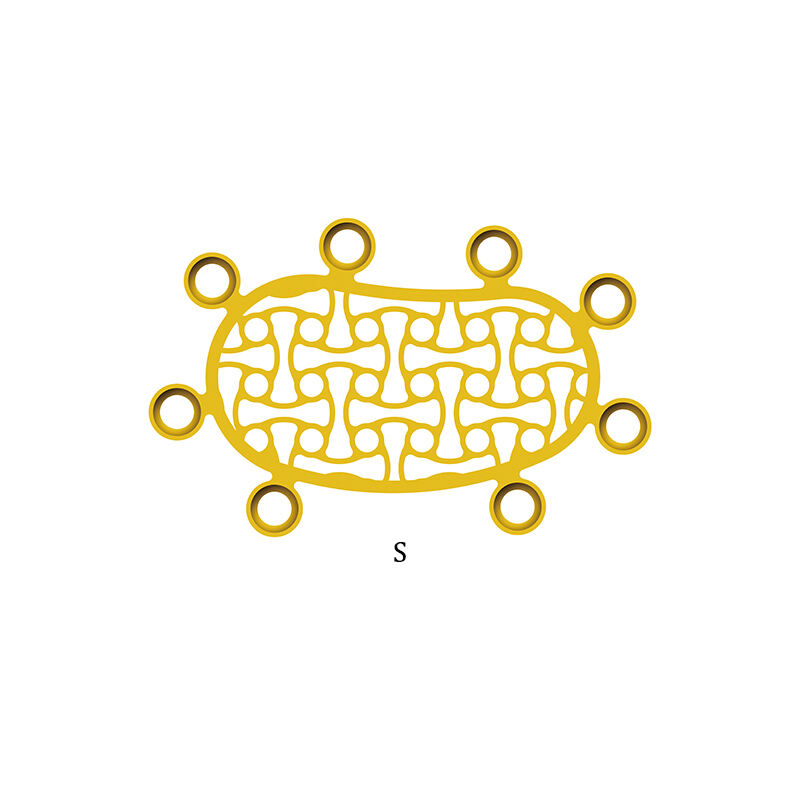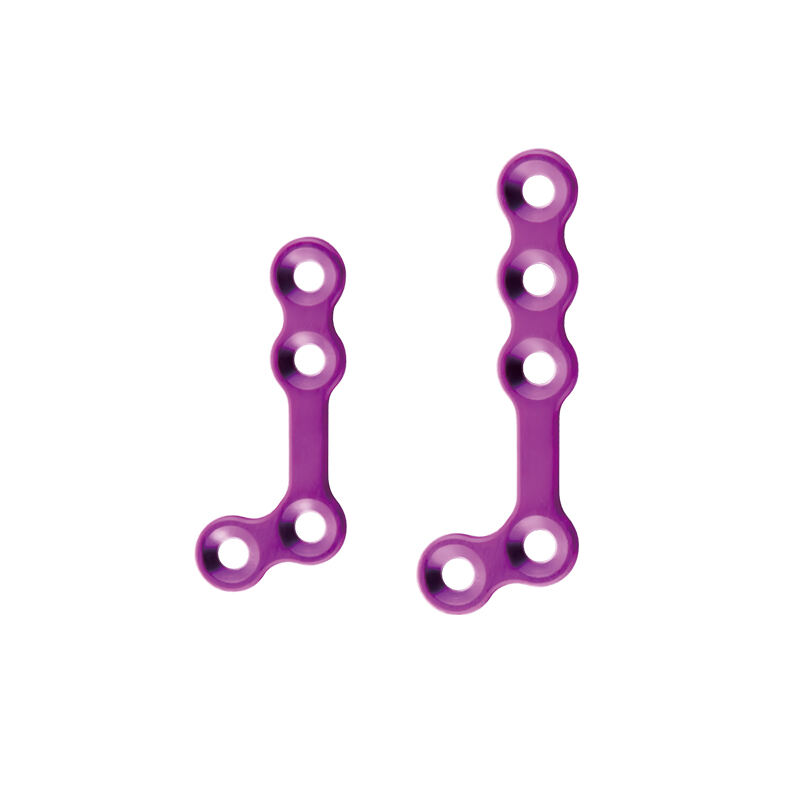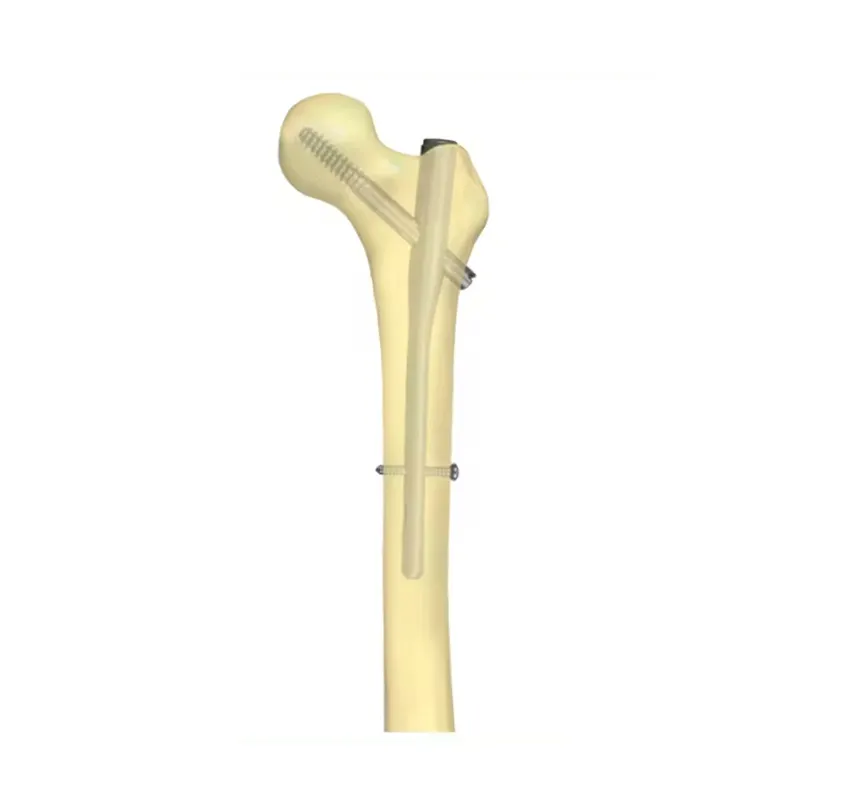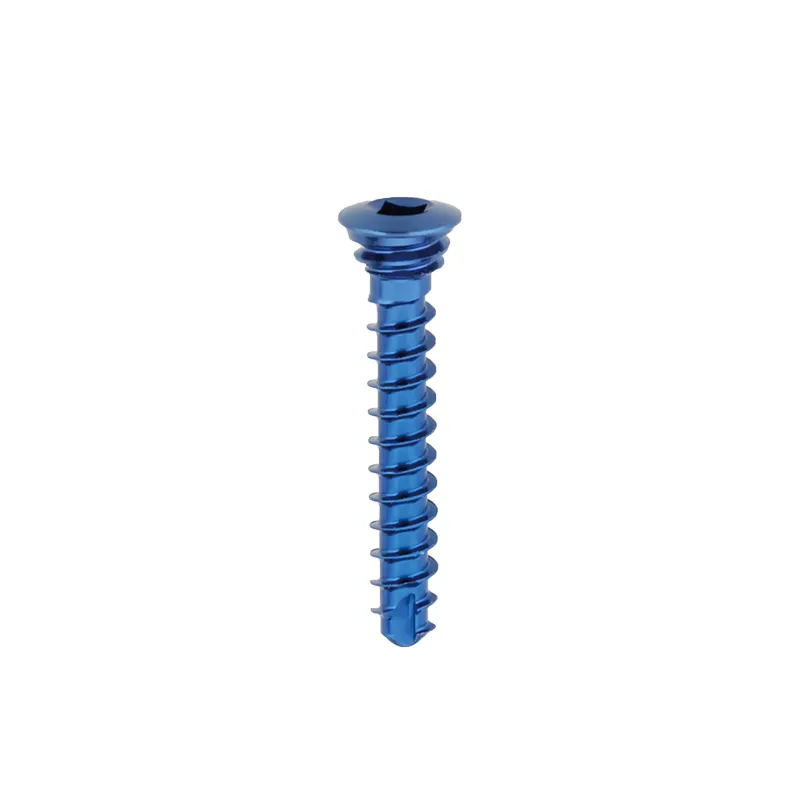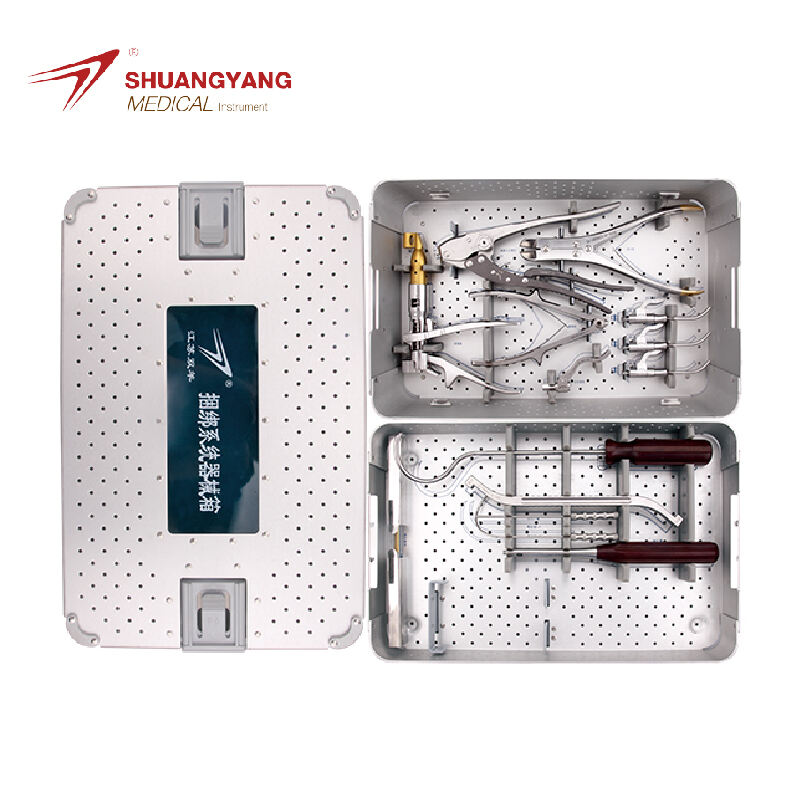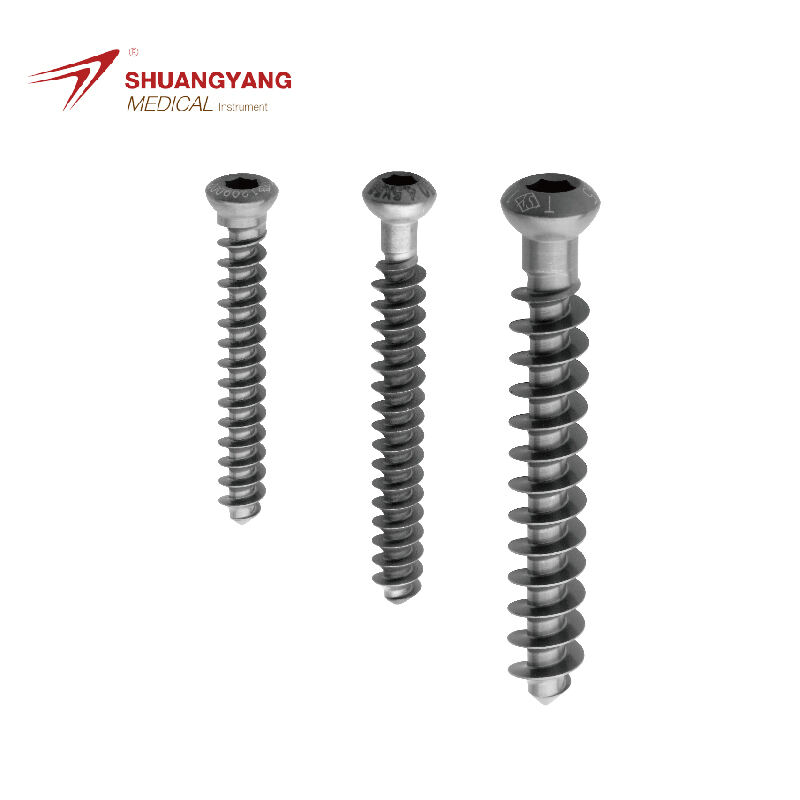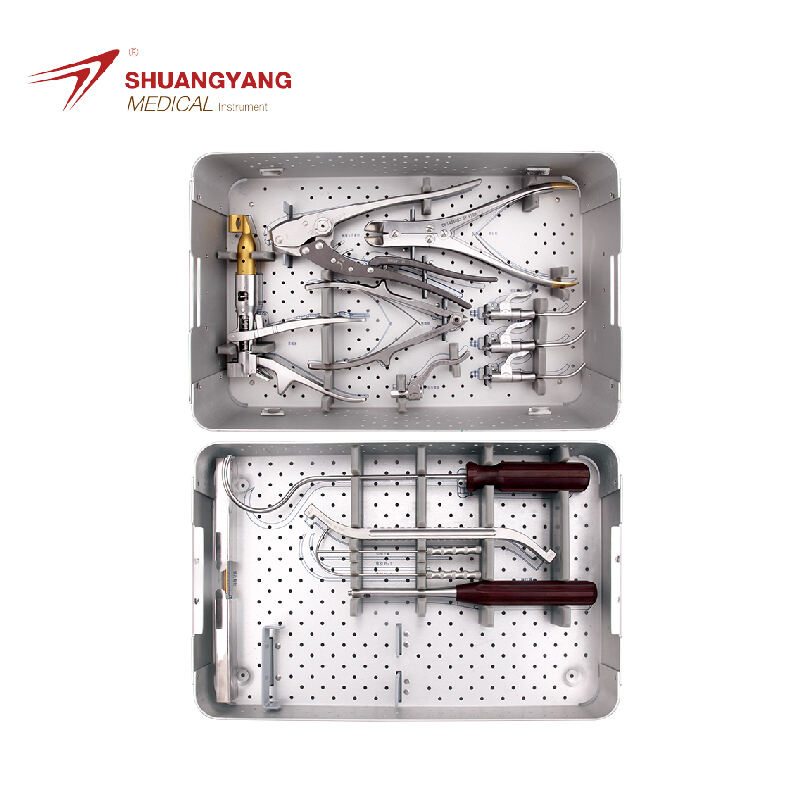knot in sternum
The knot in sternum, also known as the sternocostal joint, is a crucial part of the human anatomy, serving as a pivot point for the rib cage. Its main function is to provide a secure connection between the sternum and the ribs, allowing for the expansion and contraction of the chest during breathing. Technologically, the knot in sternum is a marvel of natural engineering, featuring a complex system of ligaments and cartilage that ensure stability and flexibility. In terms of applications, it is essential in various medical procedures, such as thoracic surgery and the treatment of chest injuries. The knot in sternum also plays a vital role in physical therapy, where understanding its mechanics can aid in the development of exercises to improve respiratory function.
 EN
EN
 FR
FR
 ES
ES
 AR
AR

